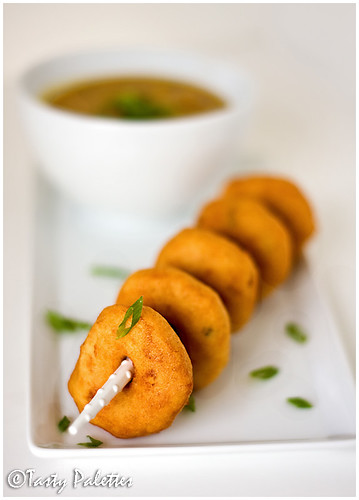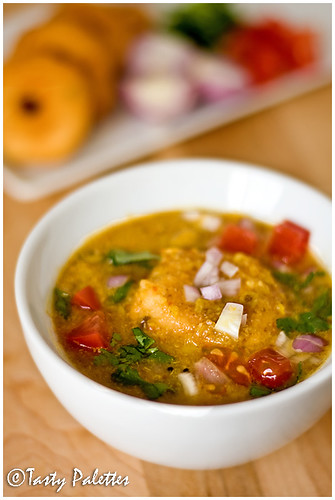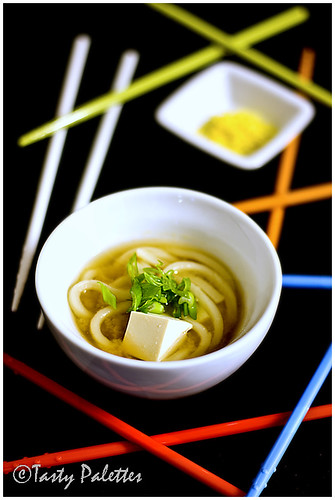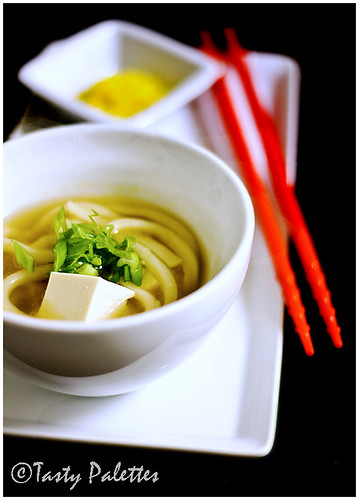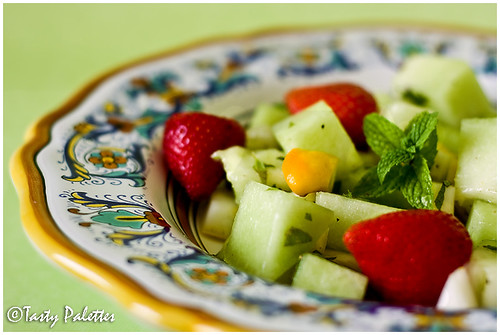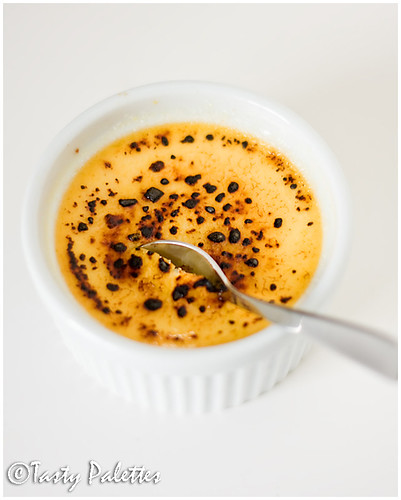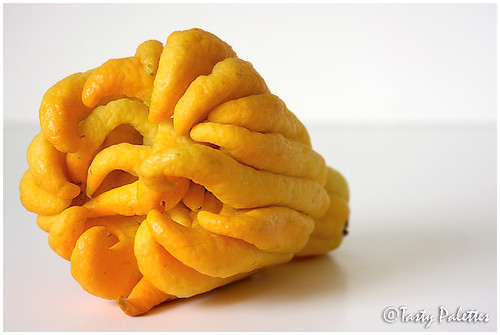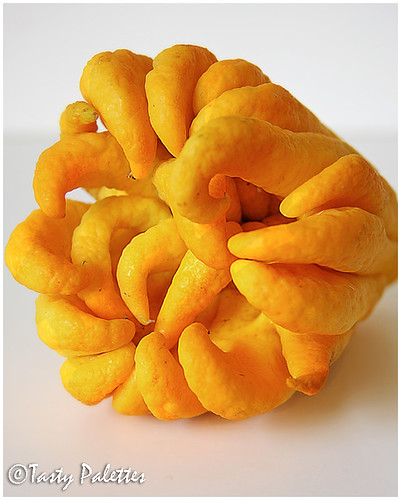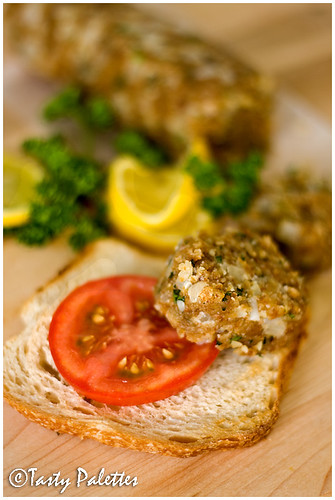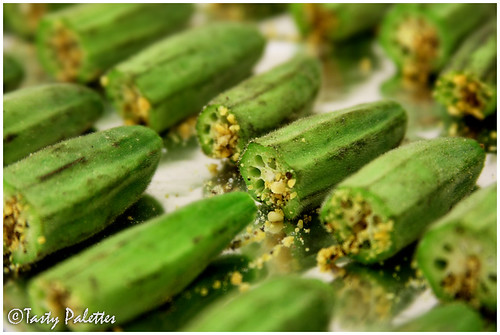How many times has sambar been mentioned in this blog? One too many. And there will be more. I wouldn’t be exaggerating if I say sambar is iconic to
Tamil Nadu. Sambar is as Tamilian as marinara is Italian. Breakfast, lunch or dinner, this lentil gravy somehow finds its place on the table. Starting your day with
idli,
dosa,
pongal or
upma with a side of steaming hot sambar, is enough boot to get one through mid-day. Or rice mixed with sambar, and eaten with any vegetable is a well-balanced lunch or dinner.
What is the reason for this never dying popularity? Because its simple, easy, tasty and most importantly filling. There are countless ways to prepare it and with readymade sambar powder, it can done in a snap. If you don’t like sambar, chances are, you haven’t tasted the right kind.
You have seen idli and dosa here. Let me introduce the next in line – vadai or vada. How do I explain it? Lets see, it is a savoury dumpling made out of lentils. Fluffy urad batter is minimally seasoned, fried and served with sambar or chutney.
Sambar vadai is a slight variation, where warm vadas are soaked in hot sambar. The crispy dumpling instantly absorbs the gravy like a sponge. Sambar vadai is delicate like a cloud and melts the moment it touches your mouth. Ah! Culinary nirvana.
Ulundhu Vadai (Urad Vada)(serves 2)
Making vadai is almost straightforward. Almost, because it takes a little practice to shape it properly. The key is to add very little water while grinding. Don’t lose heart if you can’t get it right. Just drop by spoonfuls into the hot oil. Fried dough tastes great no matter how it is shaped.
IngredientsSkinned urad dal – ¾ cup
Green chillies – 2, chopped
Curry leaves – few, torn into bits
Ginger – 1 tsp, finely chopped
Water – 2 to 3 tbsp
Salt
Plastic sheet or banana leaf for making vada
Oil for frying
MethodSoak urad dal for 1 hour. Refrigerate for 10 minutes and grind with salt to a smooth paste. Add water by tablespoons only if necessary. Add green chillies, ginger and curry leaves.
Heat oil over medium heat in a kadai or a wide vessel. Take care that the oil is at least 1-inch deep.
Take the plastic sheet (like Ziploc bag) or banana leaf and wipe with water. Take about ¼ cup of dough on the sheet. Dampen your fingers, slightly flatten the dough and put a hole in the middle. This ensures that the dough gets cooked through. Gently transfer the shaped dough to the oil and deep fry till its golden brown.
Serve warm vadai as such for snacks or soak in hot sambar for 2 minutes and then enjoy, garnished with chopped raw onions, cilantro and/or chopped tomatoes.
Arachu Vitta Sambar(serves 4 when served on the side, serves 2 when served as main or when gobbled by the cup)
The recipe for sambar is almost the same as the one
here, but for a few changes. Even though the quantity here serves four, make extra. Refrigerate leftovers for up to 5 days. Serve with rice, idli, dosa, upma… well, you get the idea.
Oil – 1 tsp
Mustard seeds – ½ tsp
Curry leaves - few
Quartered shallots or sliced red onions – ½ cup
Toor dal – ½ cup
Moong dal – 1 tbsp
Turmeric powder – 1+1 tsp
Tamarind paste – 2 tbsp
Salt
Cilantro – 2 tbsp, chopped
Spice mixtureOil – 1 tsp
Coriander seeds – 2 tbsp
Chana dal – 1 ½ tbsp
Dried red chillies – 8
Raw rice – 1 tsp
Fenugreek seeds – ¼ tsp
Grated coconut – 2 tbsp
Red onions – 2 tbsp, chopped
Tomato – ¼ cup, chopped
Heat oil and roast coriander seeds through coconut and grind with onion and tomato to a smooth paste. Alternately, you can grind 2 tbsp of sambar powder (homemade or store-bought) with onion and tomato.
MethodPressure cook toor dal and moong dal until soft, with 1 tsp of turmeric powder.
In a sauce pan, heat oil, splutter mustard seeds and lightly sauté shallots or red onions with curry leaves. The onions should turn just soft, but still crunchy. Remove and set aside.
In the same pot, boil tamarind paste, salt and the remaining 1 tsp of turmeric powder with 2 cups of water. When tamarind doesn’t smell raw anymore, add the cooked dal, ground spice paste and a cup of water. Simmer for 5 minutes. Remove from heat, add sautéed onions and garnish with cilantro.
For serving sambar vadais, soak warm vadais in hot sambar for 2 minutes. Serve garnished with chopped raw onions, cilantro and tomato. No place for forks here, only spoons to scoop the drunken vada.

















